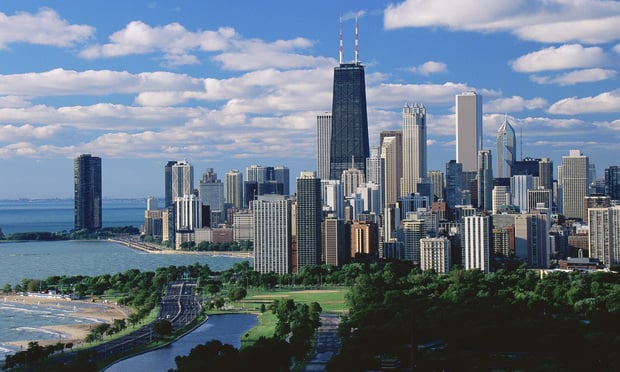CHICAGO—Everyone knows the rise of online shopping delivered a major hit to the world of brick-and mortar retail. But a new report from Marcus & Millichap shows the sector may be steadying after a long stretch of store closings and bankruptcies. Perhaps most notable aspect of today's market is that, along with luxury-oriented retailers, class B and C properties are finally strengthening.
“Now that the economy has stabilized, discretionary income is up, and that bodes well for all retail,” Austin Weisenbeck, senior vice president of Marcus & Millichap, tells GlobeSt.com. “We are an economy driven by the middle class, and the middle class shops in B class centers.”
Recommended For You
Want to continue reading?
Become a Free ALM Digital Reader.
Once you are an ALM Digital Member, you’ll receive:
- Breaking commercial real estate news and analysis, on-site and via our newsletters and custom alerts
- Educational webcasts, white papers, and ebooks from industry thought leaders
- Critical coverage of the property casualty insurance and financial advisory markets on our other ALM sites, PropertyCasualty360 and ThinkAdvisor
Already have an account? Sign In Now
*May exclude premium content© 2025 ALM Global, LLC, All Rights Reserved. Request academic re-use from www.copyright.com. All other uses, submit a request to [email protected]. For more information visit Asset & Logo Licensing.









